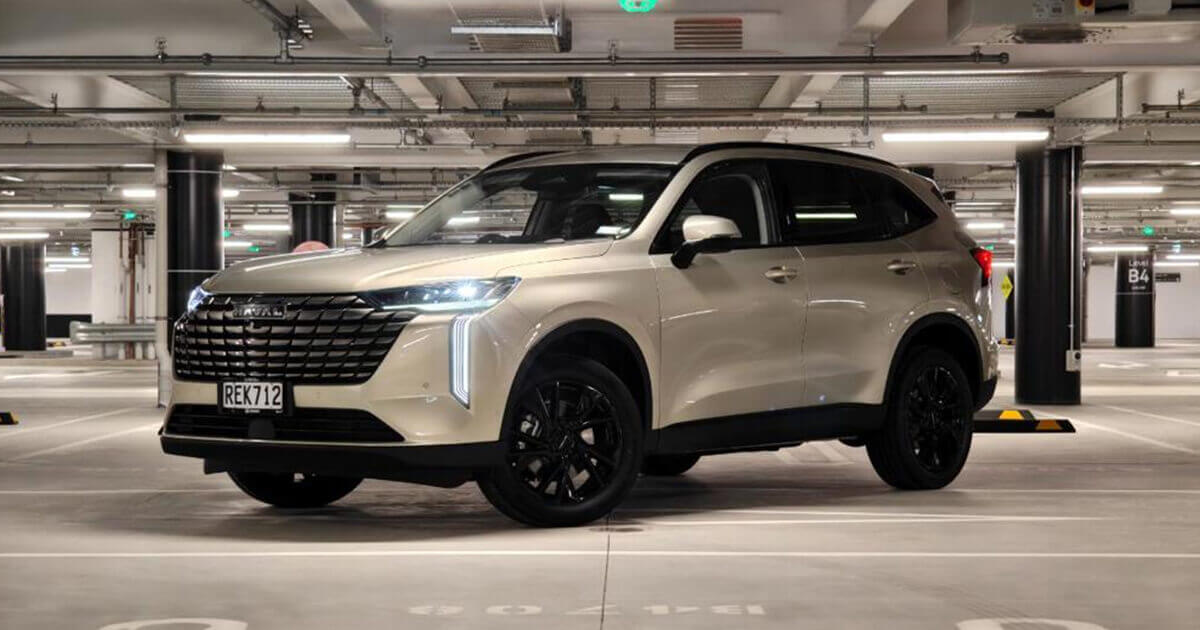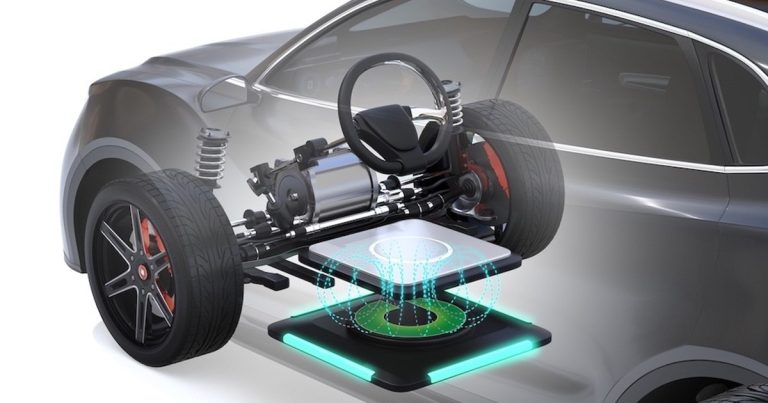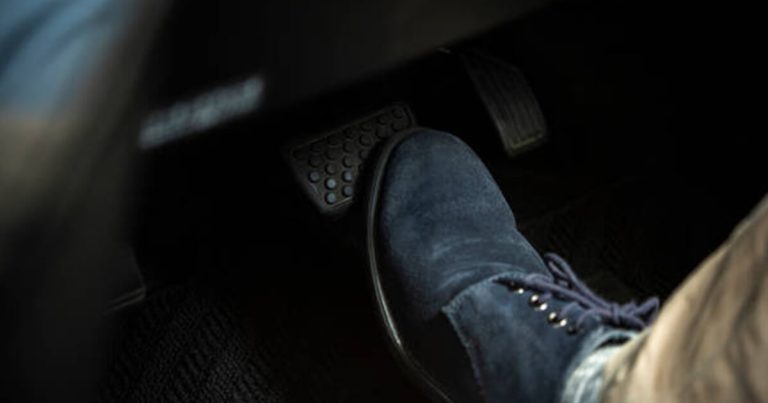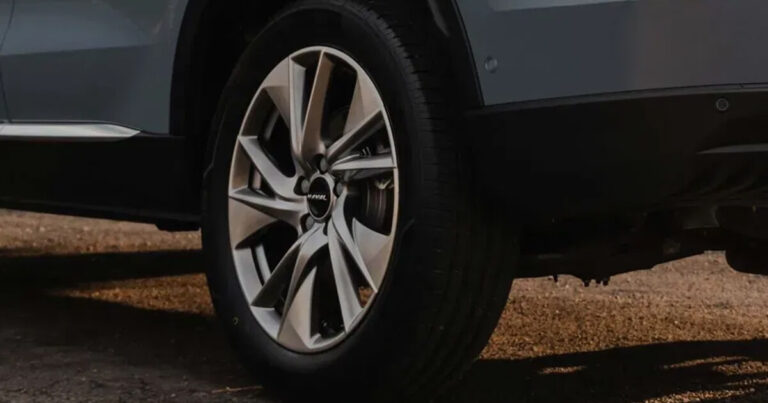Cars are indeed a wonderful invention. They look good, have a great performance, and make owners feel good, too. Yet they are not invincible. Like any machinery, they can have a range of issues, ranging from minor problems to major repairs.
A good understanding of common car problems is key to being a proactive car owner. Regular maintenance can prevent a lot of these problems. Then again, with the best care and proper checkups, certain problems are bound to arise.
From unusual sounds and odor to performance changes, understanding these signs of trouble in vehicles can help car owners catch issues quite early. They can save themselves from more expensive repairs down the road. Hence, let us understand some of the most common car problems and their solutions to get the vehicles back on the road running smoothly.
Why do Vehicles break down?
Each automobile encounters problems because it is a complex machine containing multiple parts and interconnected components. Wear and tear happen naturally, especially when parts age (become old) and endure heavy use.
Friction, heat, and exposure to various elements and conditions can damage even the best of materials and components. Older vehicles face more issues because their parts are outdated and their systems are dated. Newer cars suffer from fewer issues, but are not immune to these problems either.
Common issues with vehicles arise from manufacturing problems, defects in design, and improper usage. This may also create problems in the latest models, too.
How so? Modern cars have complex electronic systems that rely on coding and programming. They can malfunction electronically. Furthermore, exposure to dust, rain, or snow can cause them to malfunction. Additionally, general driving circumstances (road conditions, temperature) can influence a car’s health irrespective of its age.
Another thing to note: improper maintenance also has an impact on a vehicle’s condition. Using the wrong kind of fuel and not following proper maintenance guidelines will cause issues in both old and new cars.
Both contemporary and vintage cars suffer from numerous problems. They are mechanical and automated systems, and like humans, they are imperfect. Preventive behavior remains the best method to keep these problems at bay.
Common Car Problems and Solutions
Let us now examine the most common problems in automobiles and their solutions as well.
Engine Overheating Issues
One of the most challenging issues in cars is engine overheating. If it is not addressed on time, it can cause more damage to the vehicle. Look out for steam coming from the hood or warning lights on the dashboard. Moreover, here are the common causes of this issue:
Problems with the car’s cooling system
- Fluid leaking
- A broken thermostat
- Blockages in the radiator
- Low coolant levels
They are all issues that can disrupt the cooling process. Therefore, car owners should regularly check and maintain their coolant levels to ensure optimal engine performance. If the engine overheats, stop the car and allow the engine to cool. Then check both the water level in the radiator and the engine coolant levels. Afterwards, add either the coolant, water, or both.
Temporarily, that solution works. If it worsens, consult a professional mechanic or a reputable auto garage.
Fixing a Dead Battery
A dead car battery is among the most common and frequent automotive problems. This can happen anytime. The battery provides all the functions in a car, especially starting the engine, operating the lights, stereo/infotainment system, and the air conditioning.
If the battery is either weak or not serviced, then the vehicle will either refuse to start or suddenly die while driving. Here are the factors and reasons why this problem takes place:
- If a car is not driven for a few days or only taken out for short trips, the battery does not get enough time to recharge through the alternator. This slowly drains and damages it.
- Please do not leave the AC or lights on after parking. It can easily drain the battery overnight.
- If the battery is old or damaged, it is wise to replace it. They usually last around three to five years.
- Adverse or unusual weather conditions can affect battery performance. Its lifespan can be reduced.
Here are the solutions to fix a dead or malfunctioning battery:
- Ensure to check and switch all parts off (Lights, AC, Stereo) when parking the car.
- In case it doesn’t start, use jumper cables to start it. Alternatively, call your mechanic if the problem persists.
- Replace the battery regularly every three to five years.
Problems with the Transmission
The transmission is a vital part of the car in daily use and performance. Depending on whether it has a manual or an automatic transmission, slippage and issues can be noticed when shifting gears. Here are some symptoms to be mindful of:
- Dirty transmission fluid (gear oil) can create a faulty or slipping transmission and a burning odor. Adding or changing it is a complicated process (especially for an automatic transmission). The fluid/oil needs to be measured while level with the ground to determine whether it needs replacement.
- A transmission in a state of disrepair will limit the car’s ability to accelerate. It can be due to the system getting old or a lack of fluid/gear oil. Transmission repairs are costly. They may need complete replacement.
- Manual transmission problems are due to a faulty clutch. It is wise to bring the car in for servicing at the mechanic.
Issues with the Brakes
Worn-out brake pads, leaking brake fluid, worn-out brake shoes, and air trapped in the brake lines are the leading causes of issues with brakes. Apart from diminishing efficiency, brake failure can cause serious and fatal accidents.
Resolving them requires changing worn-out brake pads, brake shoes, rotors, or other issues as quickly as possible. A professional mechanic can certainly help with this problem with the car.
Worn-out or Deflated Tires
If the car is taking longer to accelerate or stop, check the tires. The exact culprit can be the feeling of lacking control over the vehicle. In case of such a case, check for the following symptoms:
- In case of a deflated tire, inflate it back to the needed PSI levels.
- Replace flat tires with the spare tire
- In case of damaged tires, replace them immediately.
- Tires having uneven wear require car owners to check the wheel alignment and tire rotation.
Visit the tire shop if the tire problems persist.
Do Not Ignore the Check Engine Light
When the check engine light comes on, the situation is dreadful. Not many know what the light actually means, but it does indicate that there is a problem with the engine. Modern cars with in-built computerized systems can raise this warning. This can indicate a wide range of issues:
- The petrol cap is loose
- Worn-out spark plugs
- Battery issues
- Mass airflow sensor
- Failing oxygen sensor
- Engine misfiring
- Problematic oil valve
- Damage to the catalytic converter
Do not ignore this sign. The first thing to do is check any loose caps or damaged components. The diagnostic trouble code (DTC) can be understood with the help of a car code reader. A mechanic can alternatively help fix problems in this regard.
Over to You
Understanding common car problems helps car owners and motorists alike identify the issue and determine how to fix it. It also helps them be aware of temporary fixes and precautionary measures to ensure they do not incur high costs of repair and replacement.




